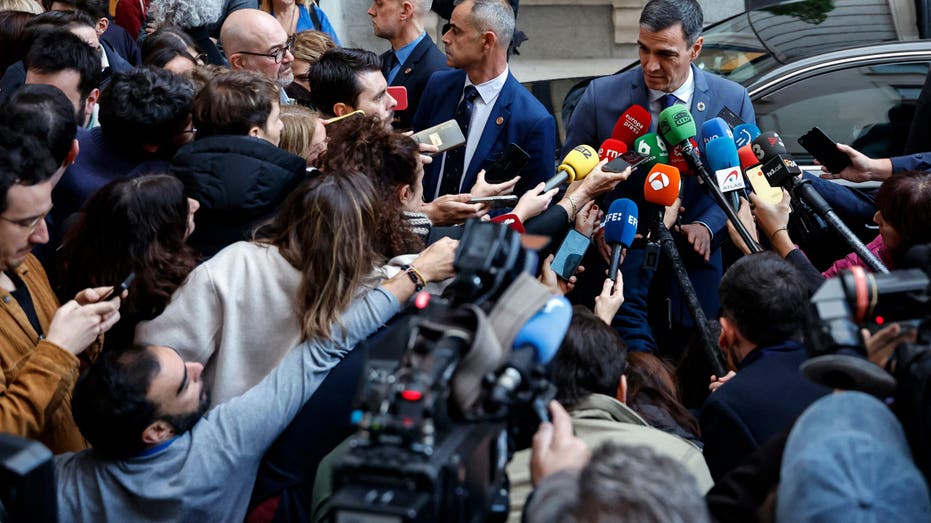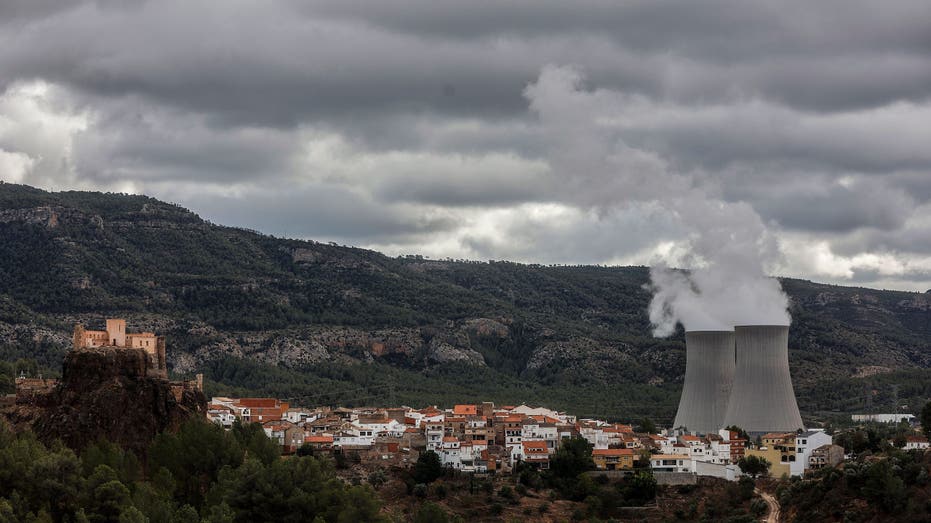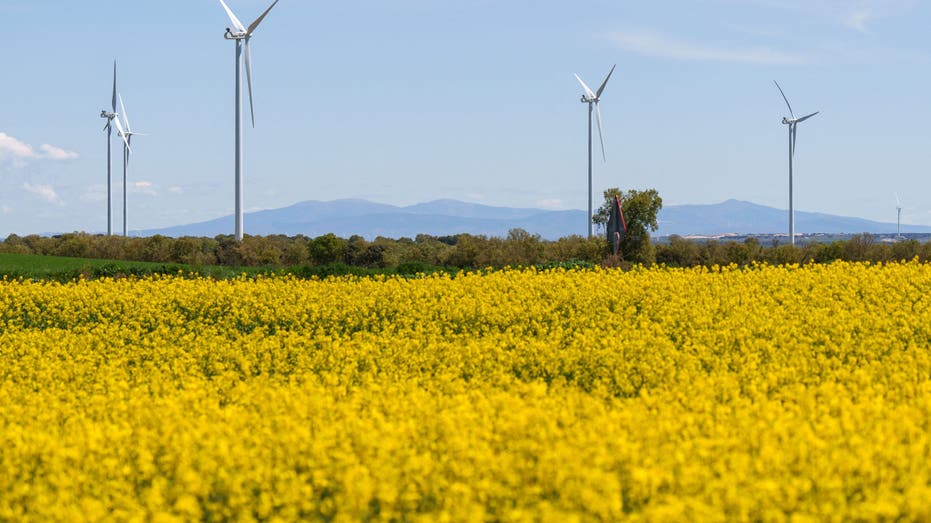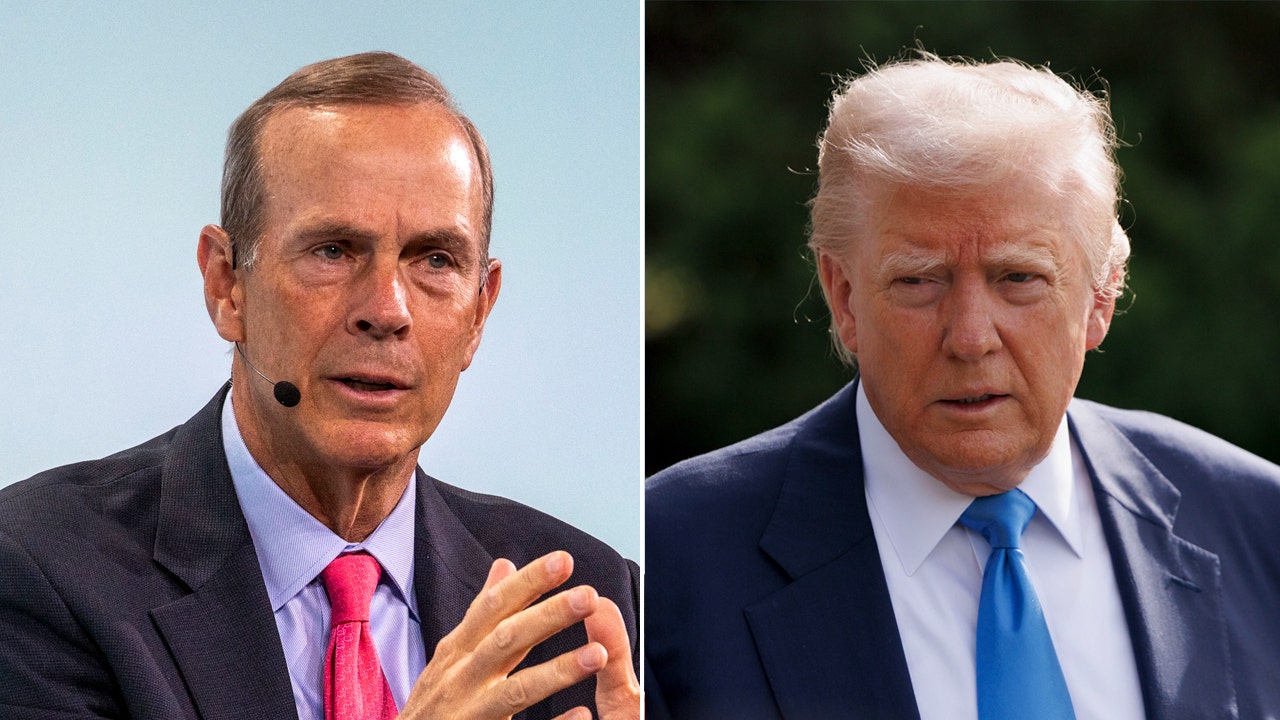Last Monday was a tough day for citizens of Spain and Portugal.
Both countries were hit by an hourslong power outage that some say was the worst such event in living memory. What they did not get was a clear explanation of how it all happened. At least not from the government.
Potential culprits brought forward include the overuse of renewable energy such as solar or wind, a cyberattack, human error, extreme weather and government policy. However, it seems to be a cluster of factors rather than a single factor, experts say.
“This wasn’t a normal black out,” Daniel Lacalle, chief economist at Madrid-based investment company Tressis, told FOX Business. “Phones didn’t work; there was no 4G phone connection.” Additionally, some people were stuck in trains or elevators and could not access the internet.
MASSIVE EUROPEAN POWER OUTAGE BLAMED ON SOLAR PLANT BREAKDOWNS
One of the first claims as to what happened there was a so-called “induced atmospheric vibration.” That happens when there are rapid changes in the weather that alter the oscillations in the electric grid’s overhead lines, according to Professor Jianzhong Wu at the University of Cardiff focused on Multi-Vector Energy Systems. He is also an electricity grid expert, among other things.
However, Wu was not convinced that “vibration” caused the outage.
“I am not aware of extreme weather conditions in Spain today (my daughter is on a School trip in Spain, and she told me the weather was really nice there), so I am not sure whether this is the real cause,” Wu wrote in an article for the Science Media Centre on the same day as the outage.
Another early effort to point a finger included claims the power outage was due to green energy such as solar and wind. That was quickly rebuffed by Spain’s Prime Minister Pedro Sanchez, who claimed people propagating that explanation were “lying.”
Lacalle says “None of the government’s excuses make any sense.”

Here is where things get more complicated. While the renewable energy sources did not disrupt power generation on their own, they were part of the mix that made it happen.
The background to the outage begins with the efforts to increase the use of renewables. “There is a move across Europe to cut back fossil fuel and nuclear use,” Ben Habib, chairman of the Great British Political Action Committee, told FOX Business.
NUCLEAR ENERGY UNDERGOING REVIVAL IN UNITED STATES

In 2011, Spain’s renewable energy fueled 31% of its electricity, according to Statista data. The share grew to 57% last year, meaning a significant drop in the combined use of fossil and nuclear fuels. This was part of Spain’s goal to move closer to net-zero carbon emissions.
Additionally, Spain did get its net-zero wish. For the first time, they achieved that goal on April 16 across the entire grid. However, that achievement was both a success and the problem, Lacalle says. In effect, it began a knock-on effect that would lead to the recent blackout.
The massive electricity output increase from wind and solar sent power prices tumbling. On Jan. 20, electricity in Spain’s spot market cost 145 euros ($165) per megawatt hour, according to Trading Economics data. That fell to 11 euros (approximately $12) by March 21.

In turn, those falling prices meant Spain’s nuclear power plants could no longer afford to pay their taxes when producing electricity, Lacalle says. The result saw the nuclear power plants temporarily stop operating, and natural gas plants cut back on generating electricity.
However, the near-total absence of natural gas or nuclear power also created instability in the grid. Much renewable energy is unreliable (the sun does not always shine, and the wind is not always present.) “Normally the electricity system gets balanced by having both nuclear and fossil fuel generating power,” Lacalle said. He added that there have been warnings about the potential instability on the grid.
GET FOX BUSINESS ON THE GO HERE

Still, the lack of stability eventually had its comeuppance on April 28 with net-zero electricity.
“The principle of moving to clean energy is worthy but the way to do it is using fossil fuel and nuclear and wait until we have renewables that work,” Habib said.













